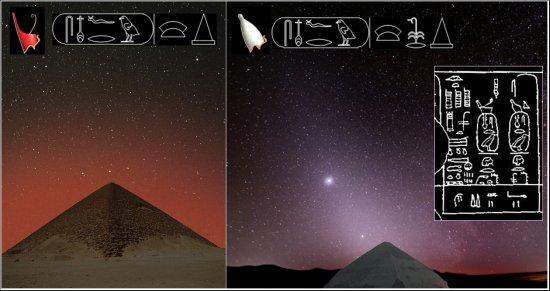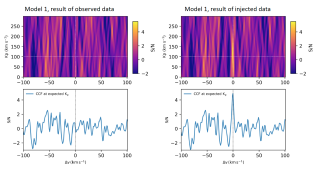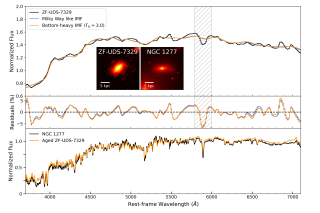Figure caption: Astronomy, architecture, and symbolism at Dahshur: the Red (left) and Bent (right) Pyramids as symbolic representation of the Red and White Crowns, respectively, as petrified counterparts of relevant respective reddish and whitish celestia
Advertised on
References
Journal for the History of Astronomy 2015, Vol. 46(2) 173-205
The two pyramids built during the Old Kingdom by the Fourth Dynasty King Sneferu at Dahshur are usually considered as two consecutive projects, the second – that of the Red Pyramid – being generated by a presumably failure of the first, the Bent Pyramid. In the present paper, we show that the archaeological proofs of such a scenario are far from obvious and that, on the contrary, a series of architectural, topographical, epigraphic, and astronomical hints point to a unitary project probably conceived from the very beginning in terms of the two pyramids and their annexes. Altogether the two pyramids are thus shown to form a conceptual, sacred landscapeassociated with the power of the Pharaoh and his afterlife.



